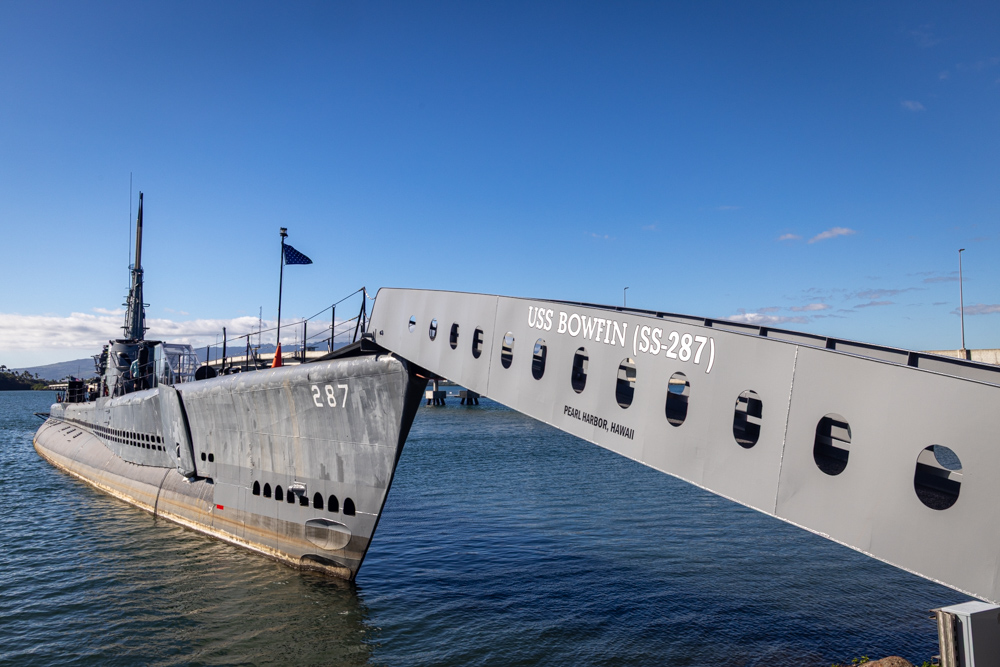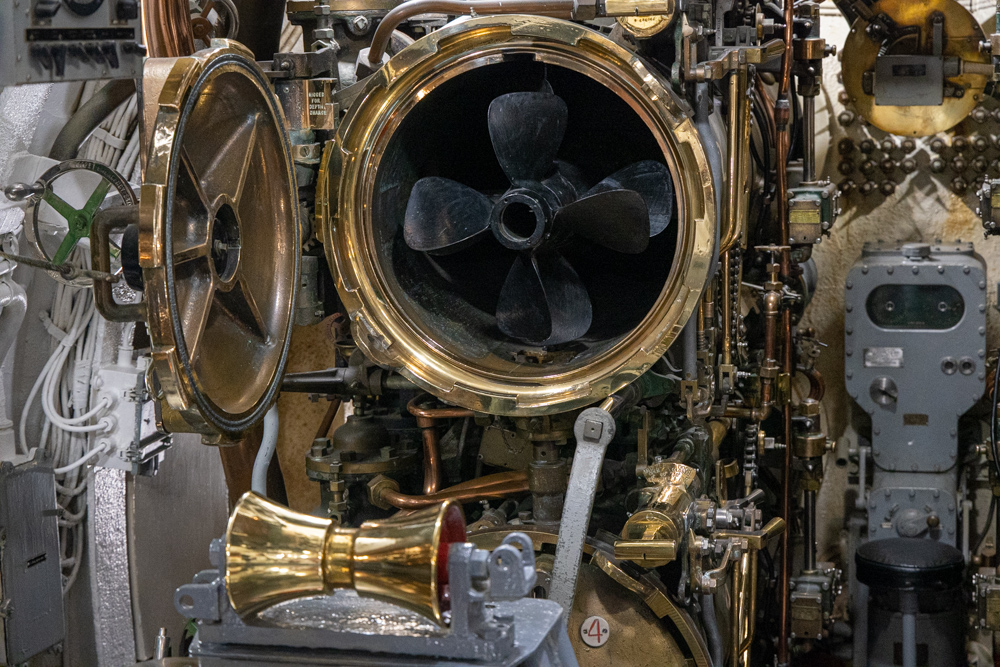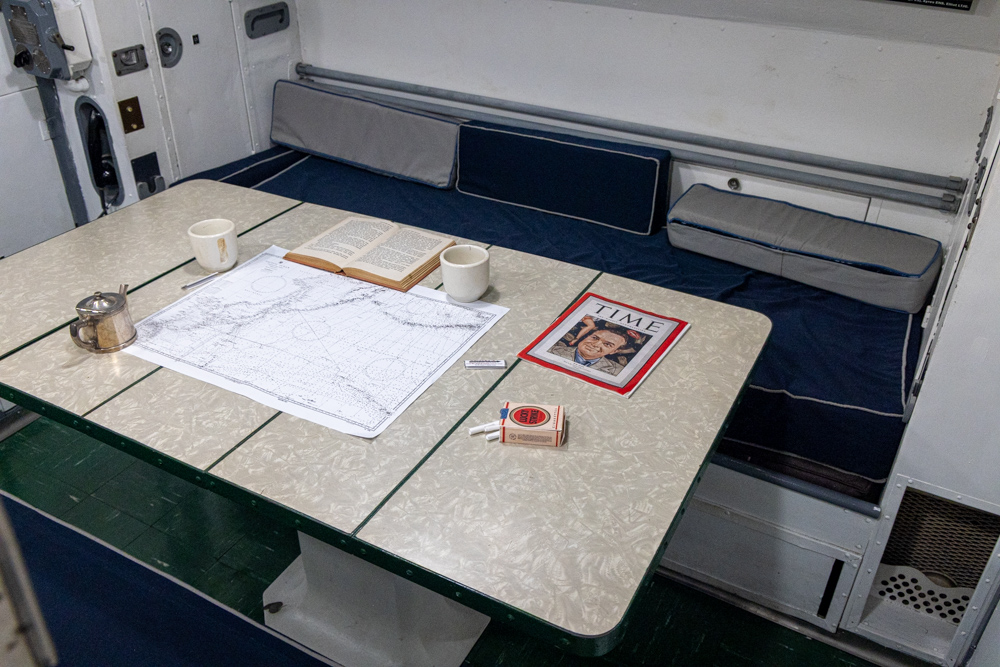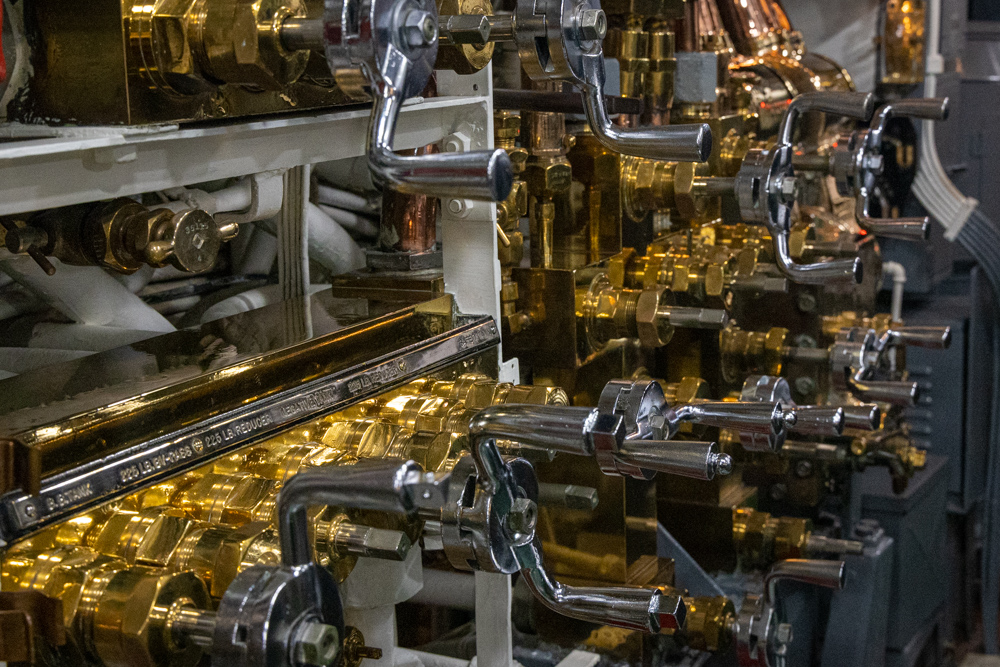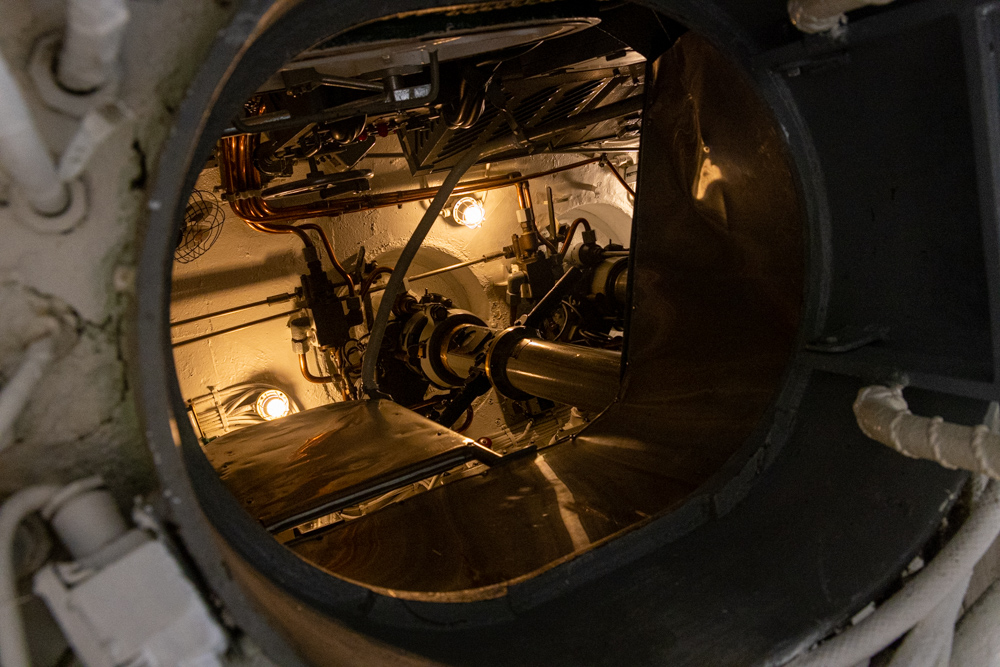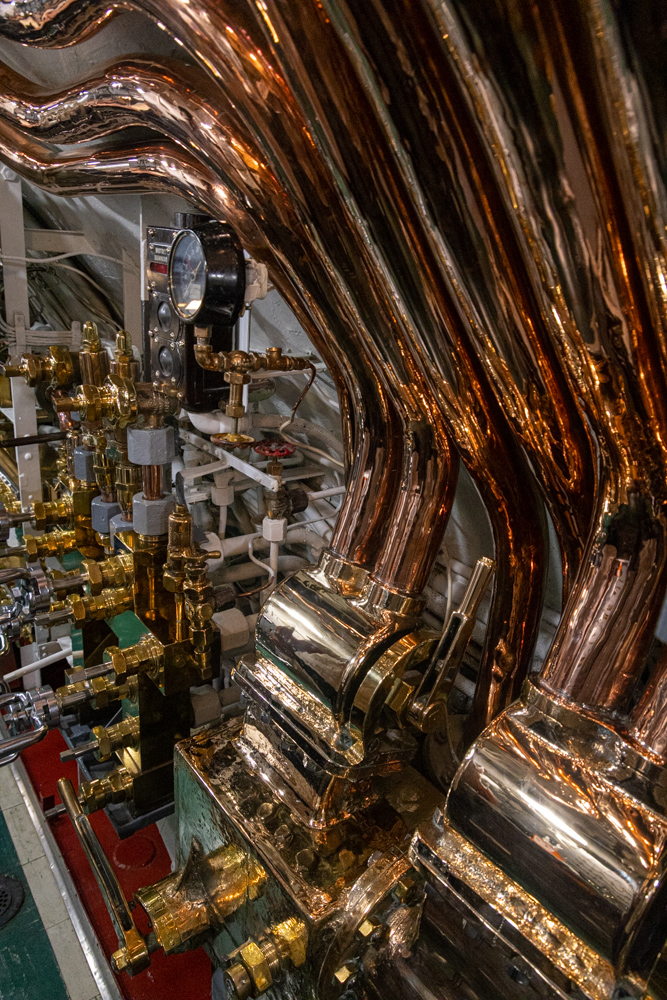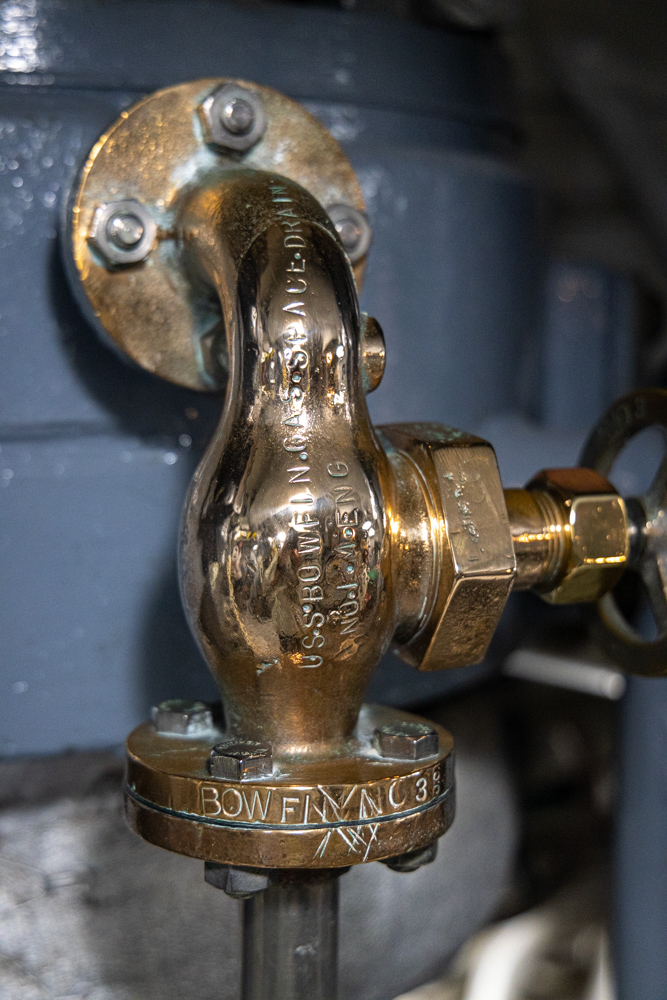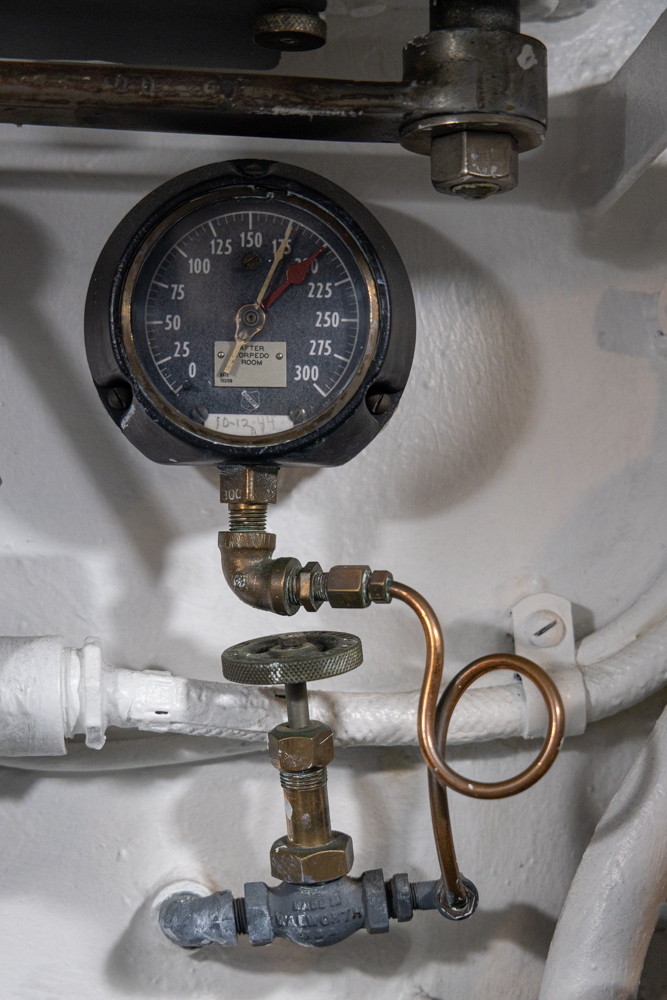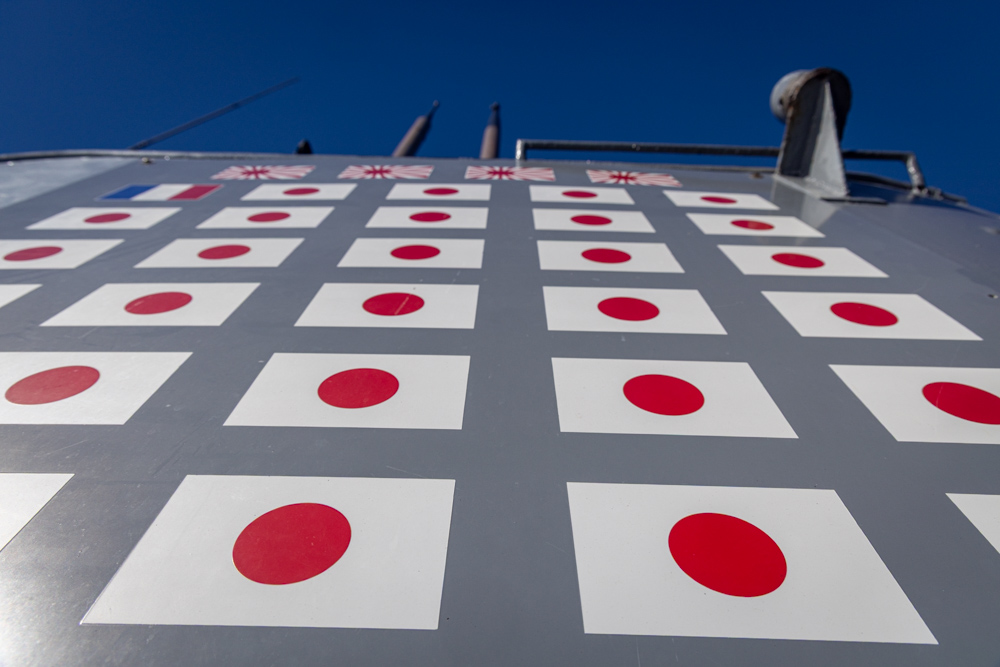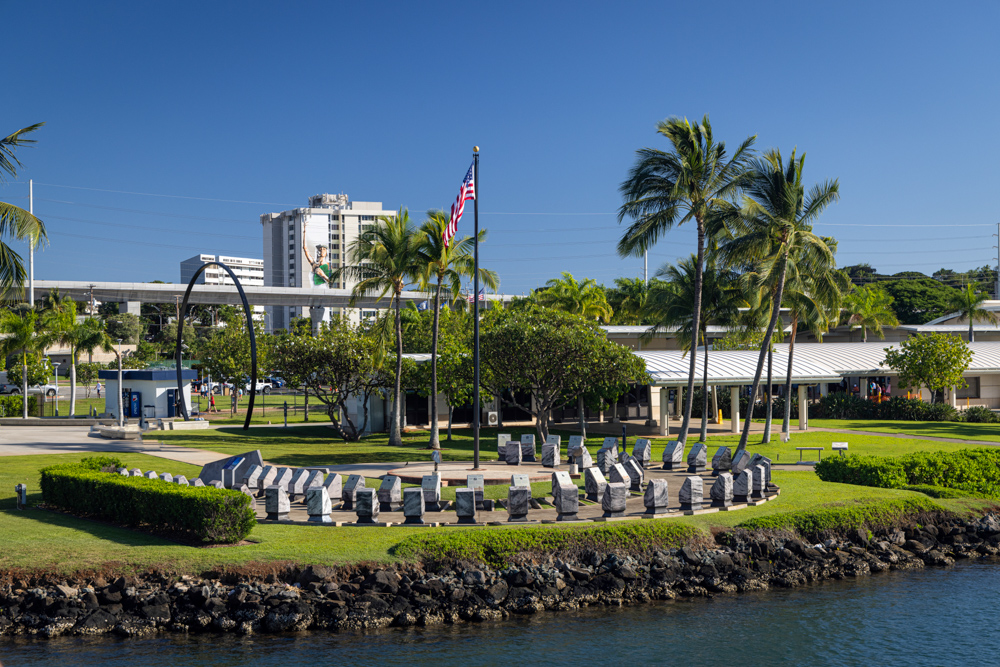Saturday, 7 January 2023
Overnight we sailed to Honolulu and early in the morning we left the cruise. We went to our hotel and picked up a guide who would take us to the exhibits at Pearl Harbor.
The first stop was at the Battleship Missouri. Completed in 1944, she is the last battleship commissioned by the United States. The ship was assigned to the Pacific Theater during World War II, where she participated in the Battles of Iwo Jima and Okinawa and shelled the Japanese home islands. Her quarterdeck was the site of the surrender of the Empire of Japan, which ended World War II.
Overnight we sailed to Honolulu and early in the morning we left the cruise. We went to our hotel and picked up a guide who would take us to the exhibits at Pearl Harbor.
The first stop was at the Battleship Missouri. Completed in 1944, she is the last battleship commissioned by the United States. The ship was assigned to the Pacific Theater during World War II, where she participated in the Battles of Iwo Jima and Okinawa and shelled the Japanese home islands. Her quarterdeck was the site of the surrender of the Empire of Japan, which ended World War II.
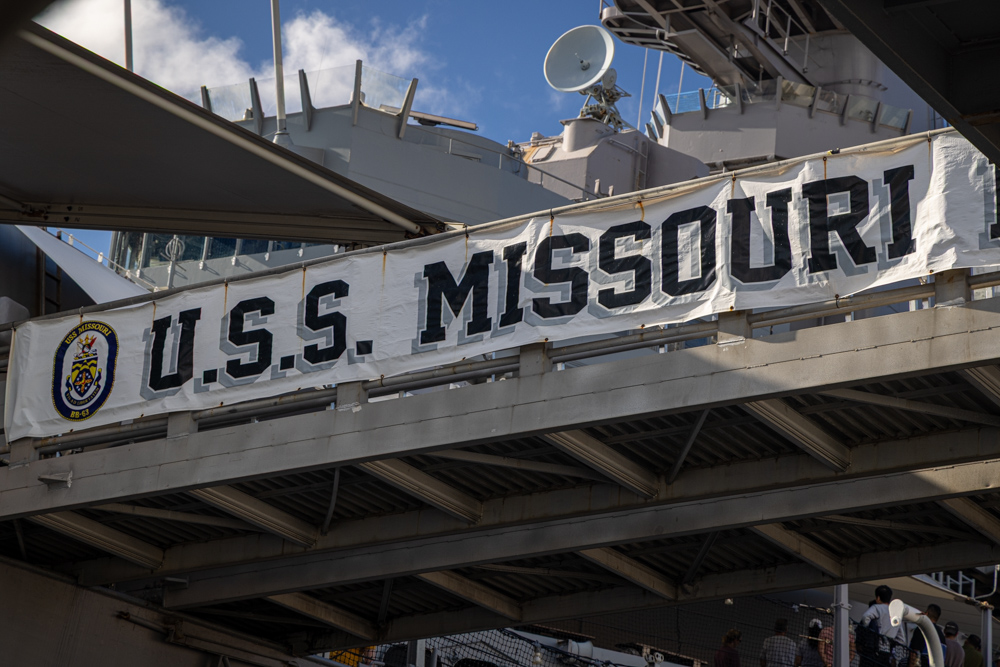
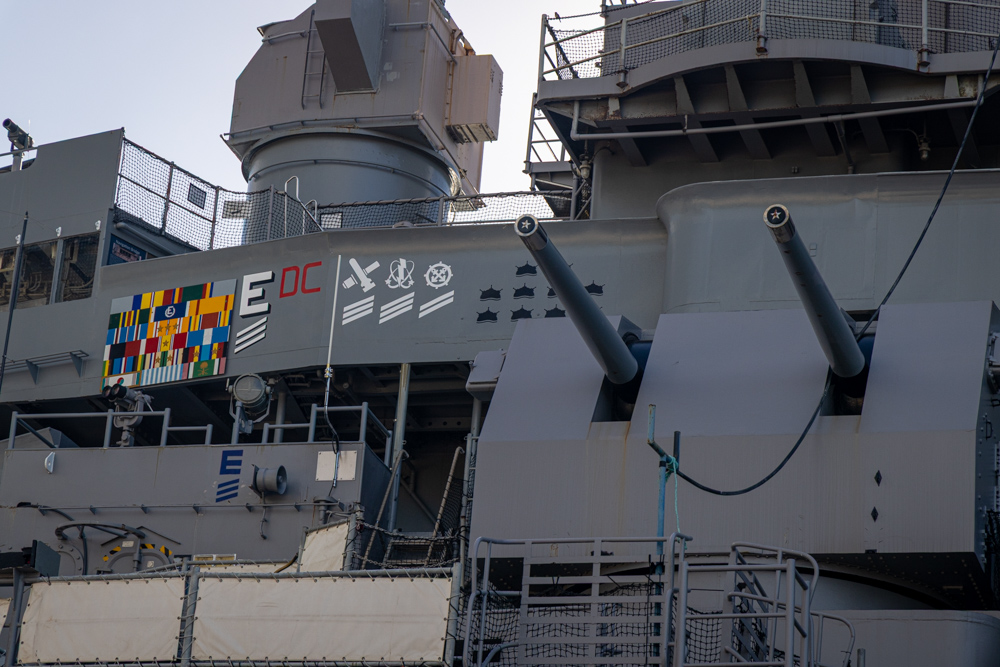
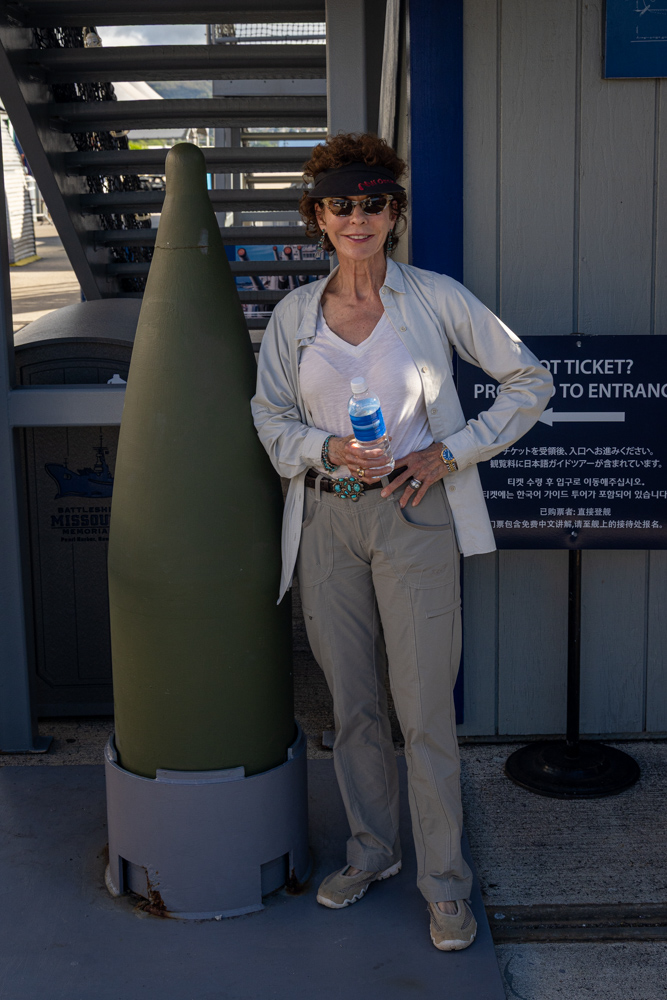
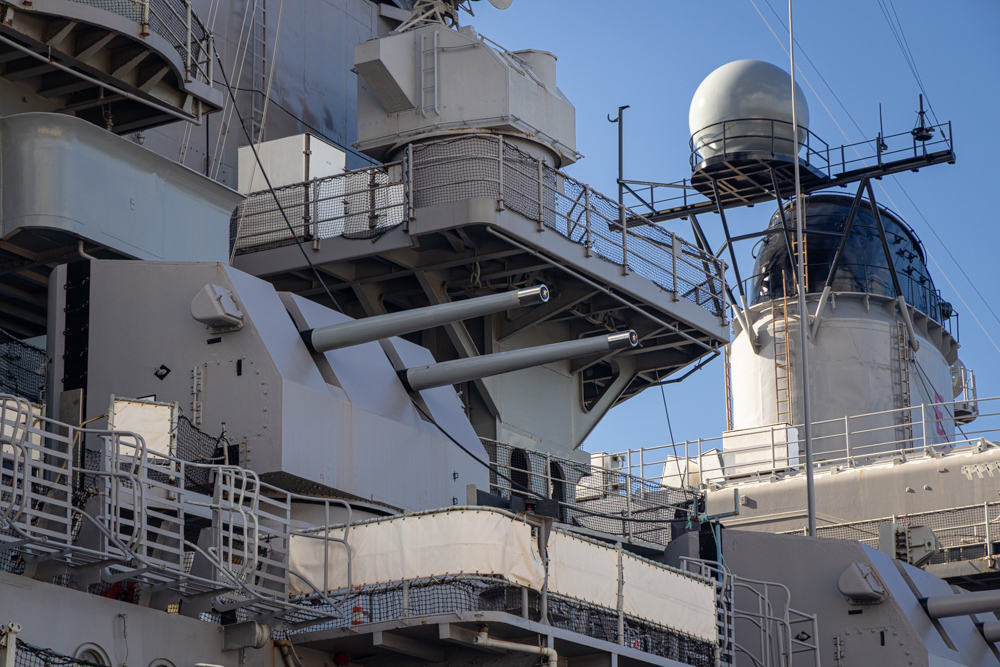
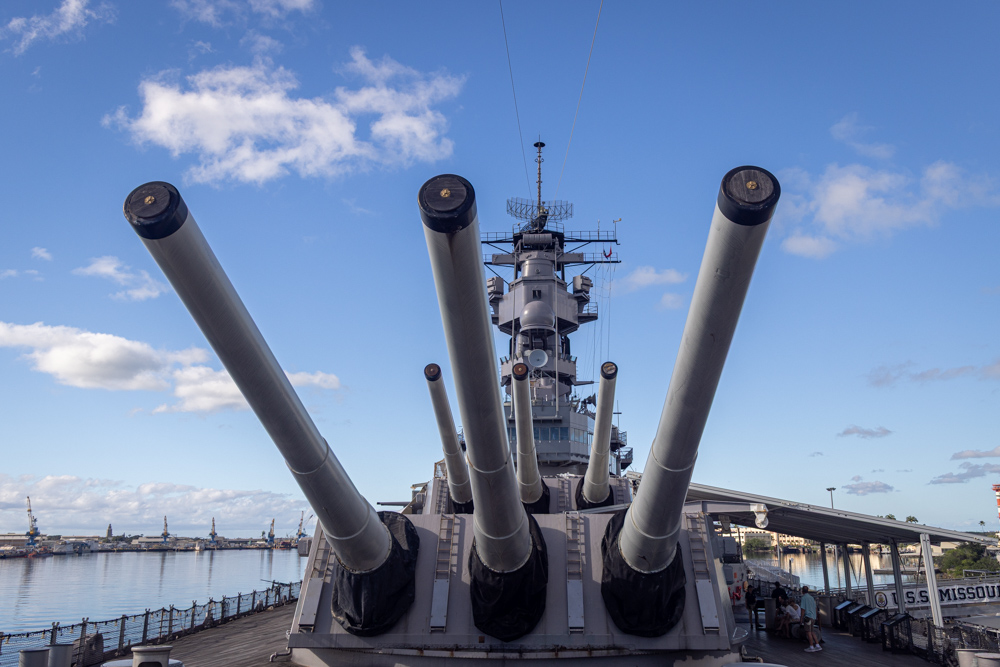
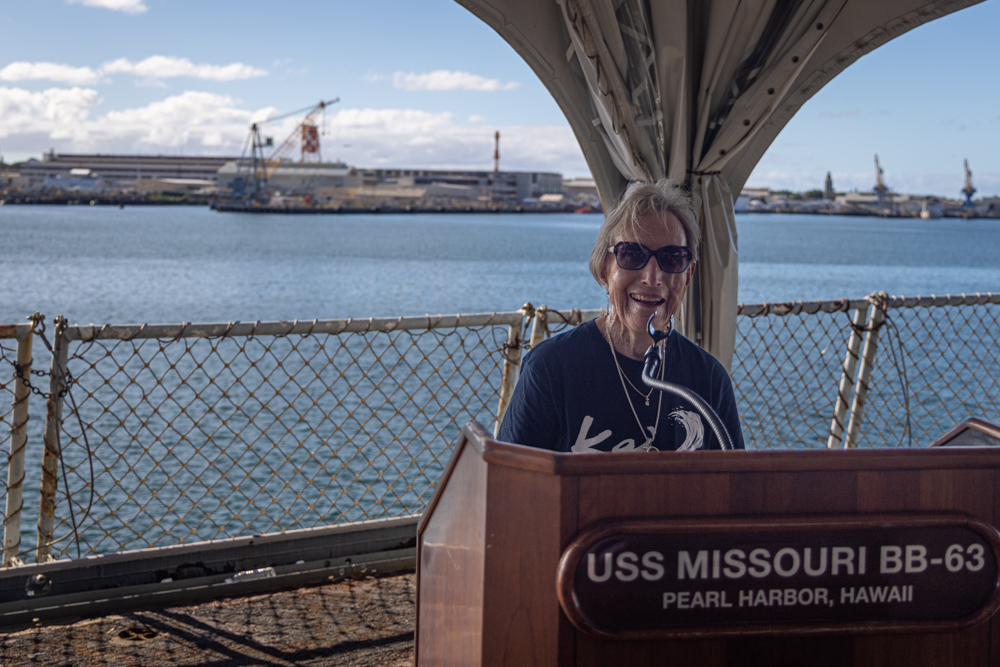
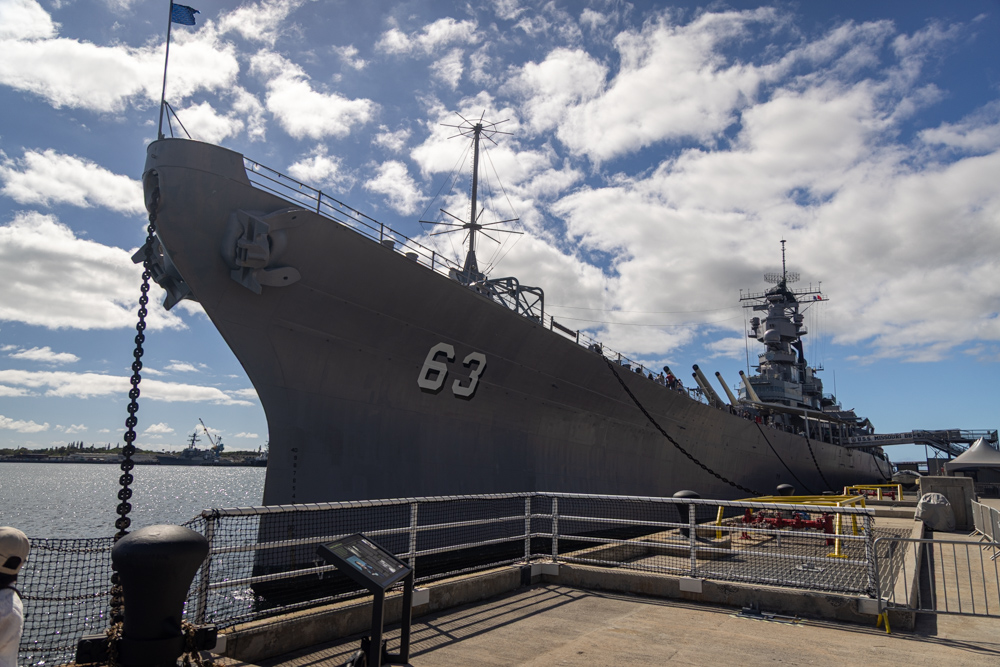
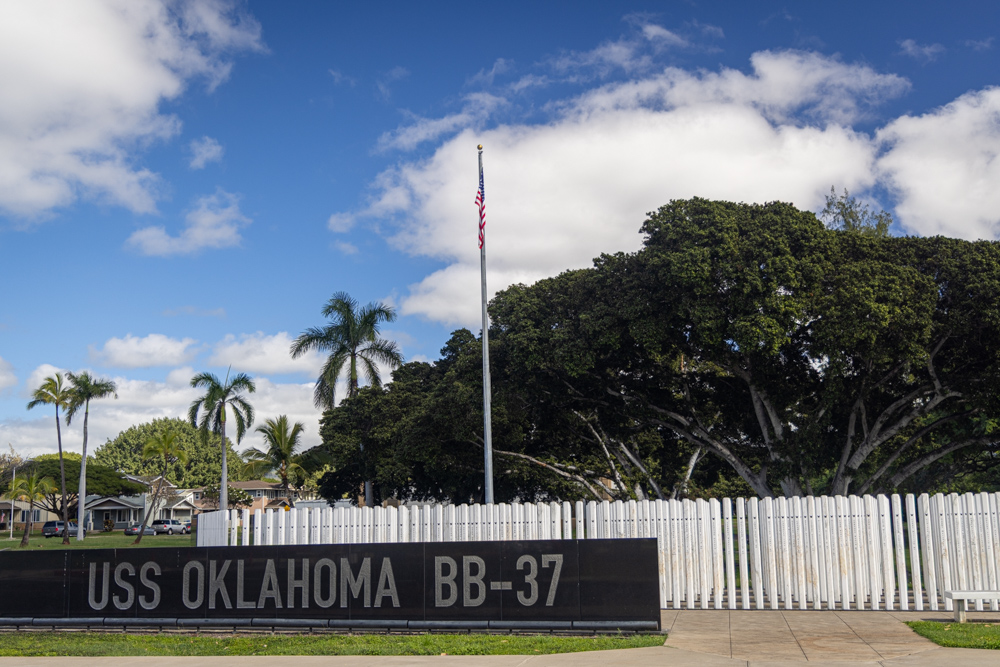
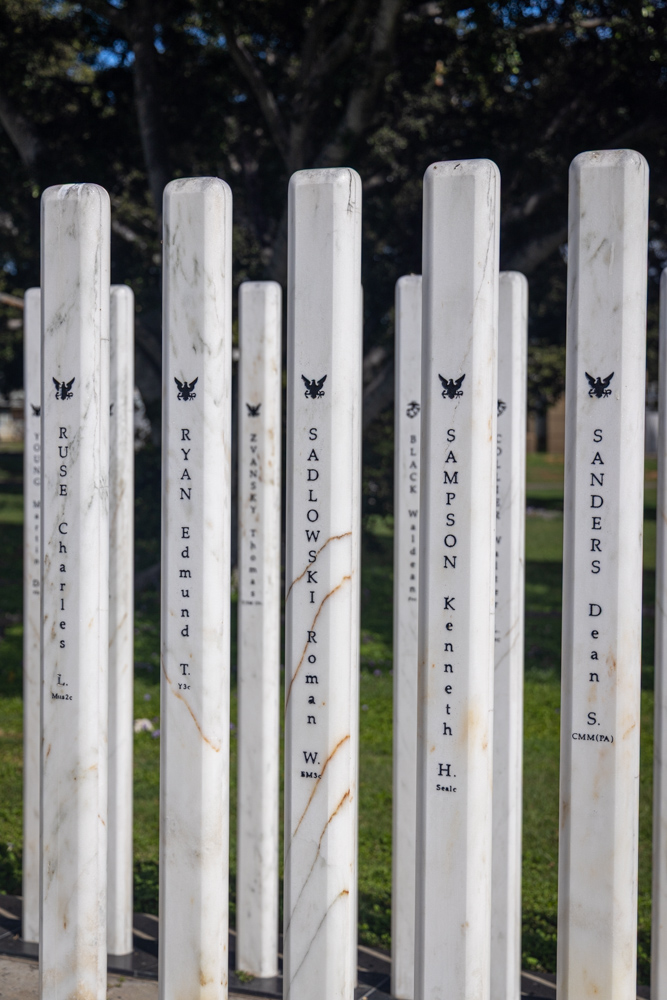
The memorial to the Oklahoma is outside the USS Missouri Battleship museum - as the Missouri is docked in the place the Oklahoma was when she was attacked.
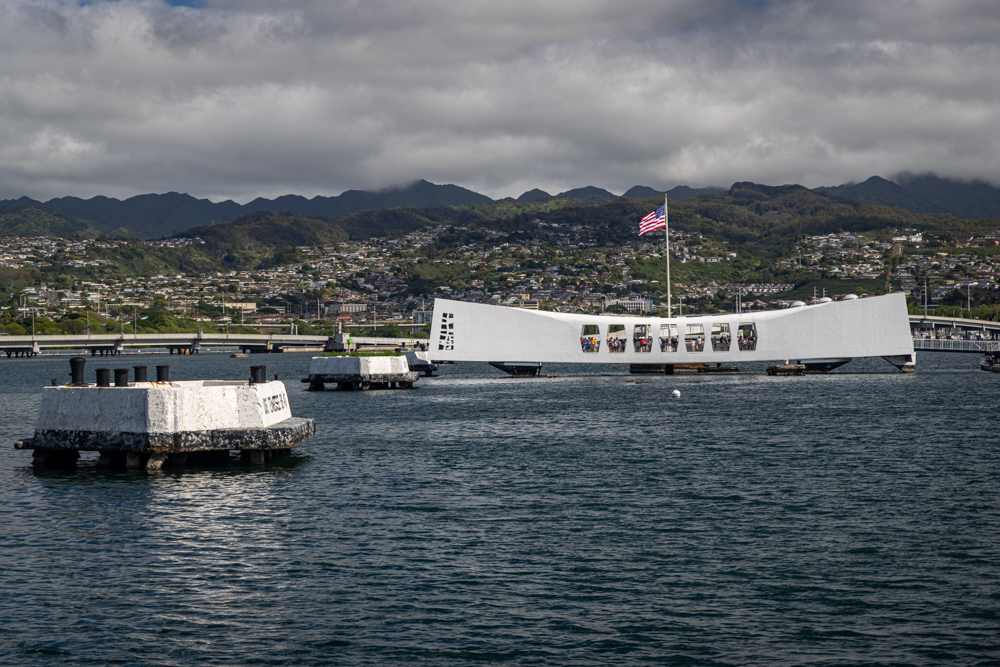
During WW II the superstructure was removed leaving the submerged hull below water.
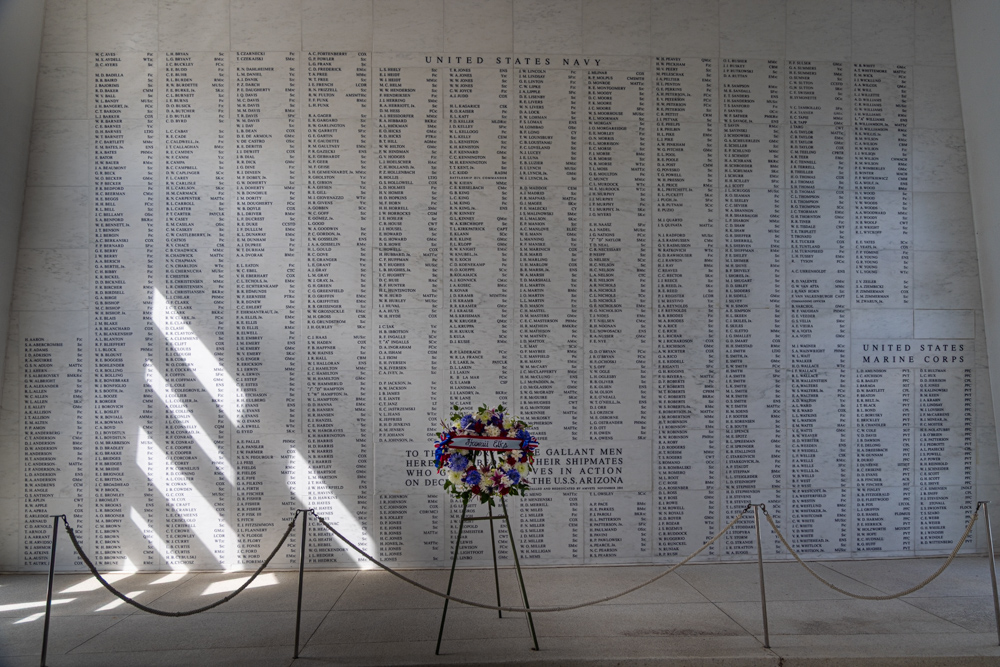
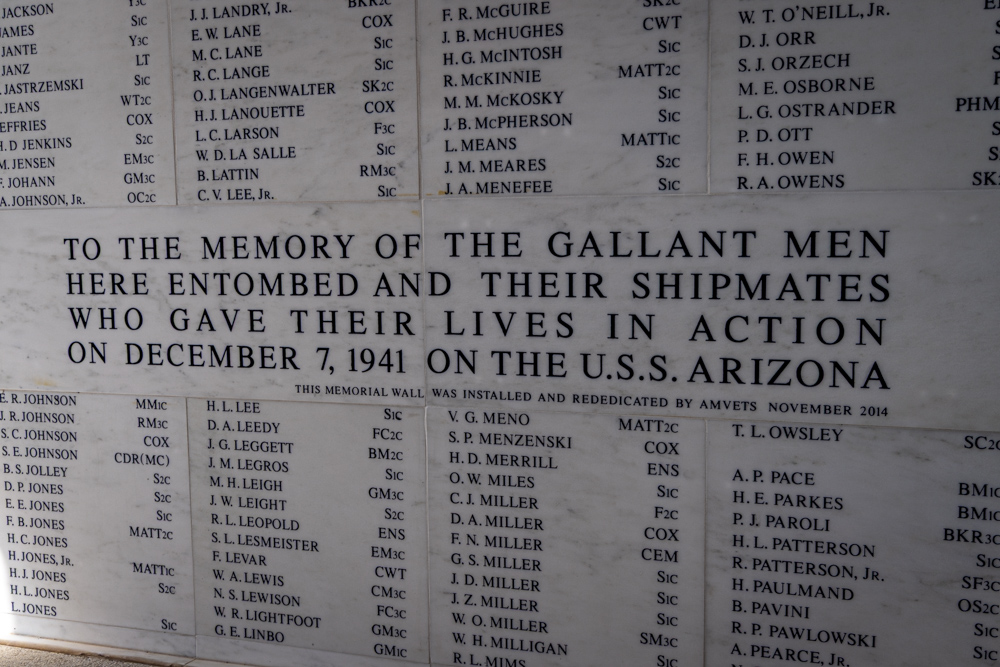

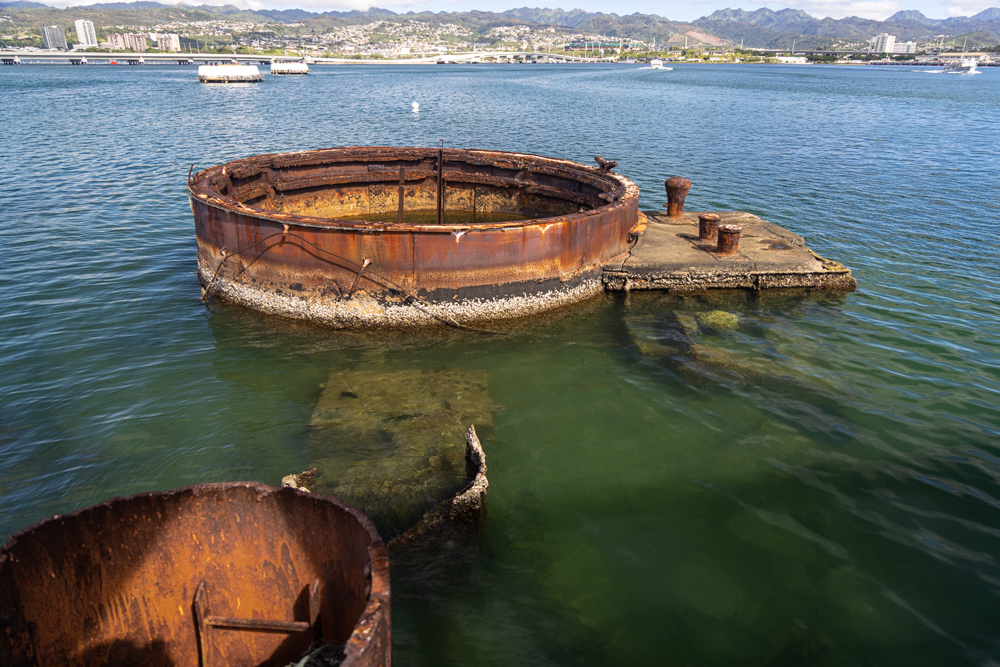
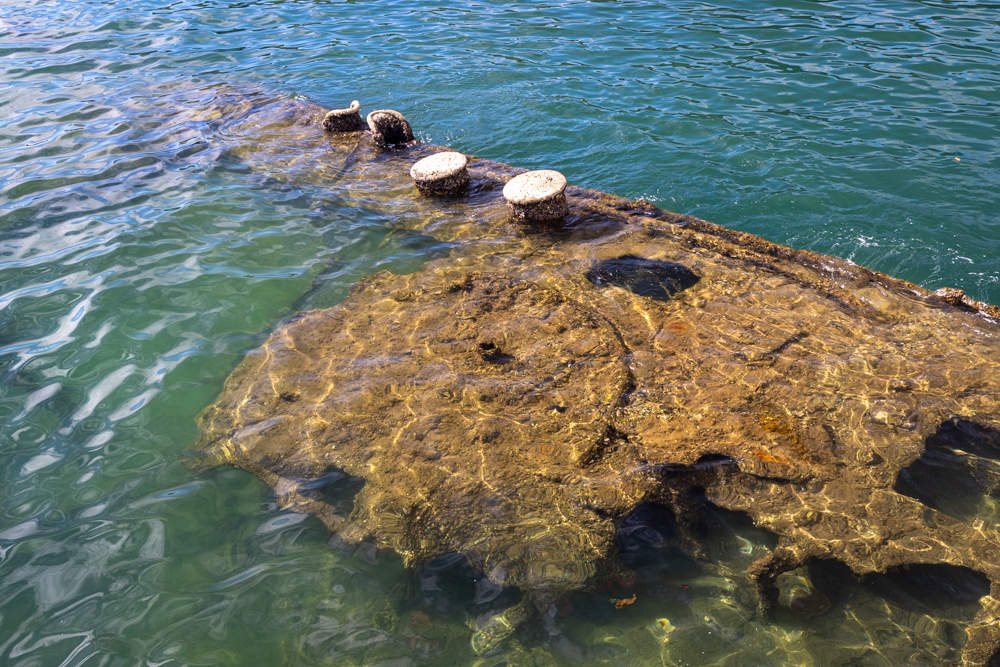
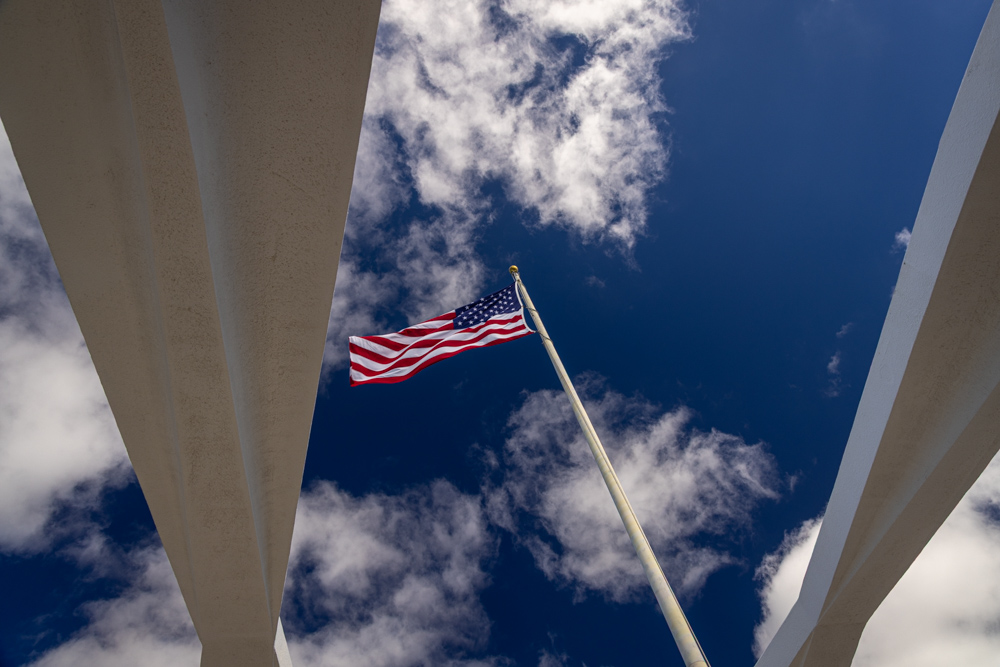
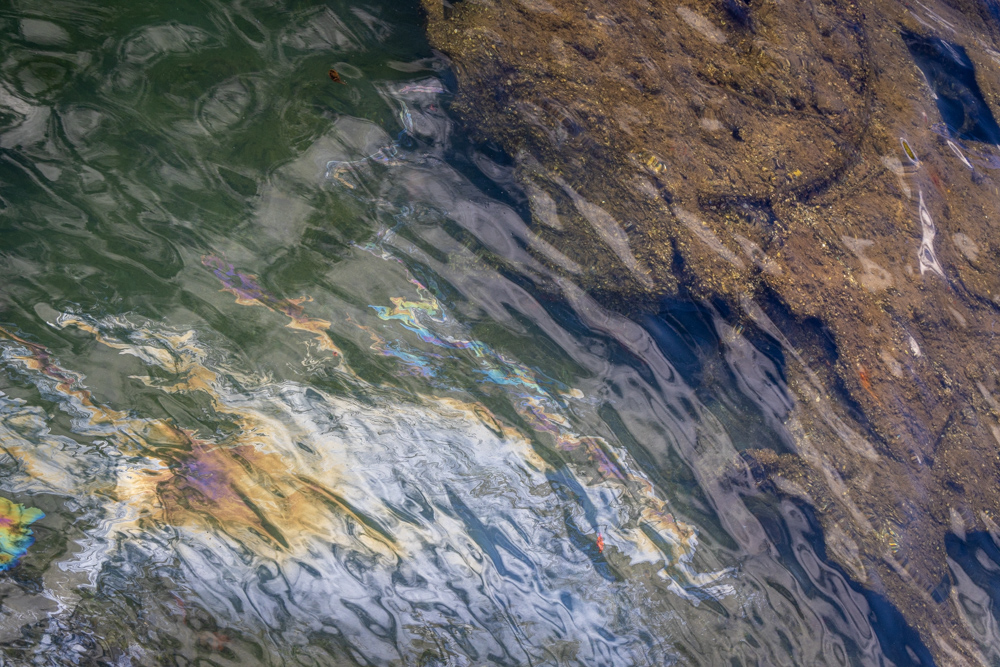
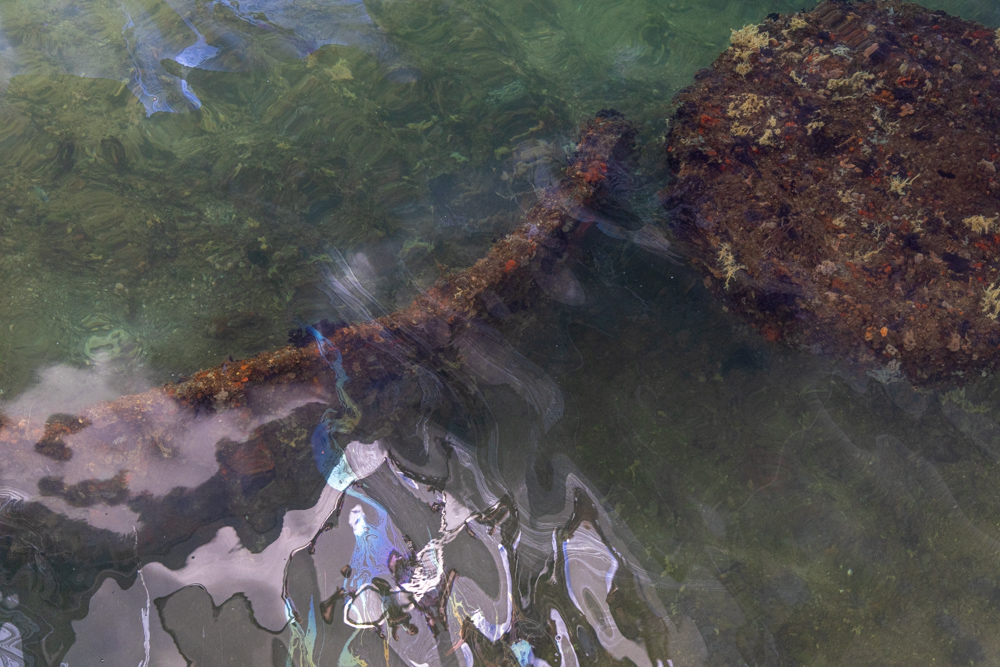
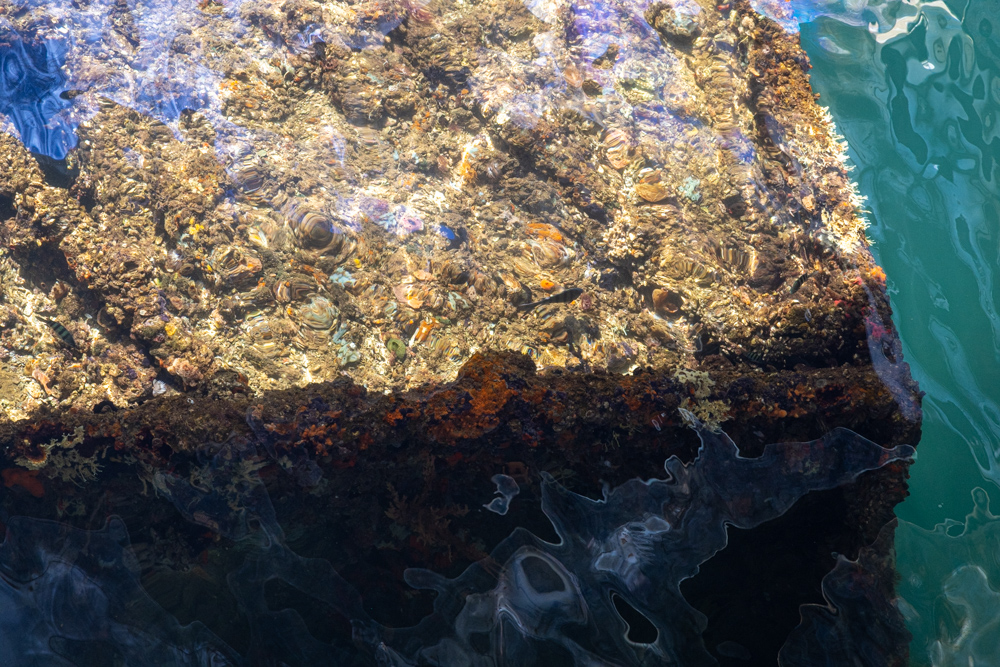
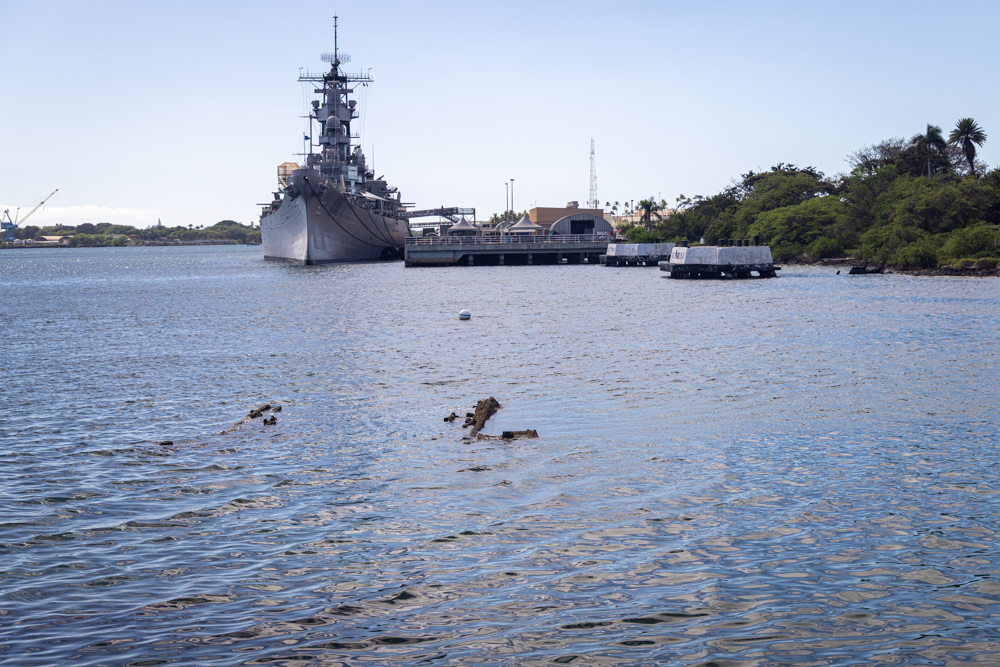
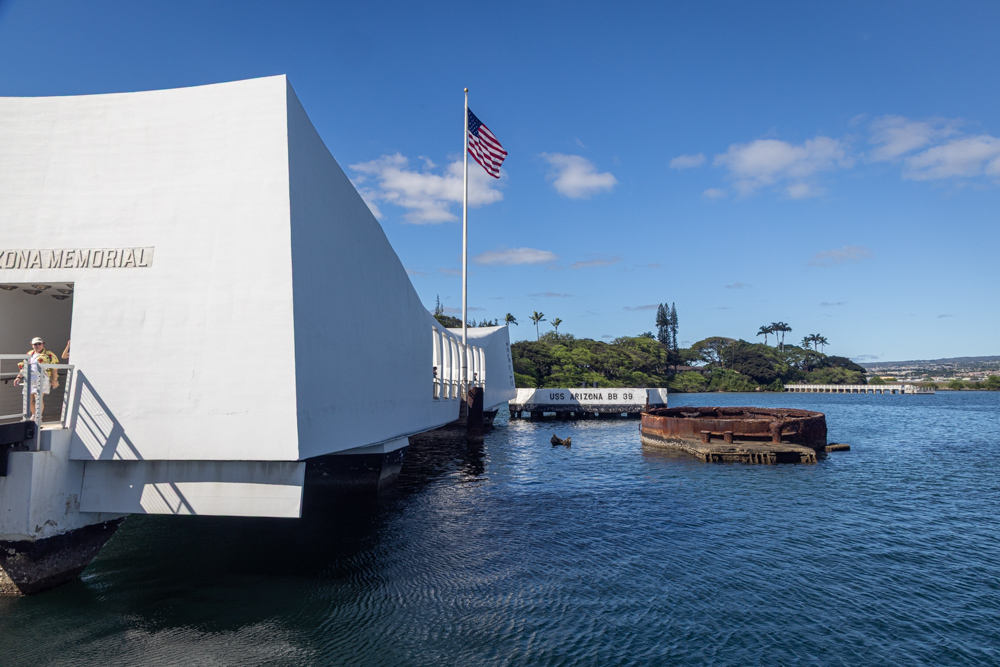
The USS Arizona was hit multiple times in the first few minutes of the attack. One bomb penetrated the armored deck near the ammunition magazines in the forward section of the ship, causing a massive explosion and killing 1,177 of the sailors and Marines on board.
